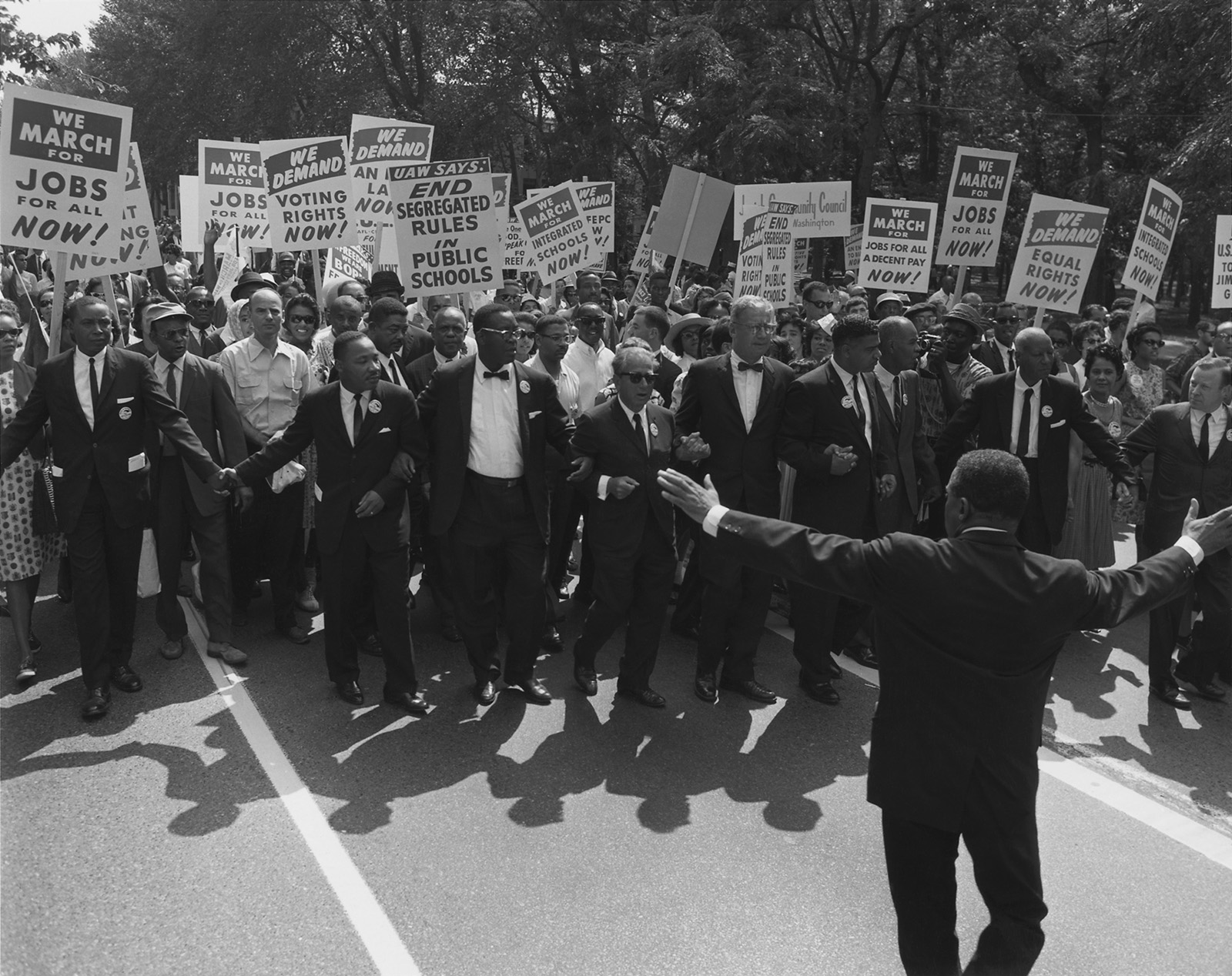Los Angeles Immigration Raids Spark Massive Public Outcry
The widespread immigration raids that took place in Los Angeles County recently have given rise to a surge of protests and public displays of disapproval throughout the area. As the residence of a sizeable undocumented migrant population — the second largest in the nation — the area saw thousands of its inhabitants pouring into the streets. They were there to voice their discontent at the U.S. Immigration and Customs Enforcement (ICE) and its actions, gathering notably near the federal building located in the heart of downtown Los Angeles.
The public reaction provoked the local law enforcement authorities to take the defensive. Accordingly, officers counteracted the intensity of the protests with the use of tear gas and flash-bang grenades as a means to subdue the campaigners. In return, some of the campaigners retaliated by launching objects and fireworks towards the police and their vehicles.
The situation escalated rapidly, with a troop of over 4,000 National Guard personnel and 700 Marines being dispatched to the city. Their stern response, which was captured in numerous images and video footage and went viral, triggered an online discussion. The central point of the controversy was whether or not Black Americans should participate in these particular demonstrations.
Despite the direct danger tied to these demonstrations and potential harm, it hasn’t deterred certain Black American activists and sympathizers from voicing solidarity. Among them is Shelley Bruce, a prominent artist and activist, who has publicly expressed her conviction that the widespread deportations and ICE’s behaviors are matters that should engage the attention of Black Americans.
Elias Antunez, an immigrant from Venezuela, conversed with California Black Media and shared his thoughts regarding the matter. He expressed the encouragement he draws from the support shown by the African American community. Antunez’s sentiments are echoed by more than 4 million Black immigrants residing in the U.S., about 10% of the nation’s Black population.
California holds the status of hosting the sixth-largest contingent of Black immigrants in the entire country, with around 60,000 of them residing in Los Angeles itself. A significant number of these immigrants are also present in Sacramento, where African American community leaders have stood shoulder to shoulder with the immigrant communities.
Black politicians across the state of California have shown their support for immigrants by condemning the heavy-handed methods and nonselective apprehensions carried out by federal law enforcement officers. Shelley Bruce, whilst advocating for protests against anti-immigration measures, also empathizes with some Black Americans for their reluctance to fully partake.
She entirely comprehends the reasons behind the divisive sentiment among some within the community, over whether to partake in these demonstrations or choose to stay away. Amidst this discourse and to assist those grappling with such decisions, a human rights organization has released guidelines. The guidelines are in the form of a checklist to assist people in understanding when the right time might be to involve themselves in an issue and partake in demonstrations.
The checklist also raises significant questions that individuals need to contemplate in order to ensure personal safety whilst advocating for an issue. Through such constructive information, organizers aim to equip individuals with an insightful understanding of the dynamics surrounding the protests and immigrant situation.
At the heart of the guideline is the principle of personal safety. It highlights the importance of thoroughly evaluating the potential physical risks associated with partaking in public demonstrations. It also encourages individuals to consider practical measures like location, time, and the nature of the demonstration, in order to take part in a secure manner.
Given the current political climate and heated debates around immigration issues, these guidelines can play a vital role in promoting responsible activism. They aim to ensure that everyone who wishes to partake in demonstrations can do so in a way that champions their cause without putting their personal safety at risk.
These conversations and resources do more than facilitate safe activism. They also shine a light on intersections within the African American community and broader immigration issues. They create a space for dialogue, mutual encouragement, and solidarity between various communities who are navigating the intricate dynamics of a diverse society.
While the immigration raids served as a catalyst for these recent protests, they have also broadened the conversation around civic engagement and community solidarity. Amid this context, individuals like Elias Antunez and Shelley Bruce have come to the forefront. They, along with many others, offer an enduring symbol of the spirit of activism and community support that continues to unite diverse communities amid adversity.
In the face of widespread uncertainty and fear instigated by the immigration raids, it’s noteworthy how unity and resilience have emerged as key themes. California’s community leaders and protestors together illustrate a camaraderie bound by their shared worldview. Their active stand against anti-immigration measures continues to be a beacon of hope in a challenging time.
On that note, the significance of these actions extends beyond the immediate ramifications of the immigration raids. The way the community is evolving and responding serves as a testament to the core values of humanity – understanding, empathy, and tolerance. It’s a message that resonates not just within the confines of Los Angeles County or even California, but continues to echo throughout the entire nation.



